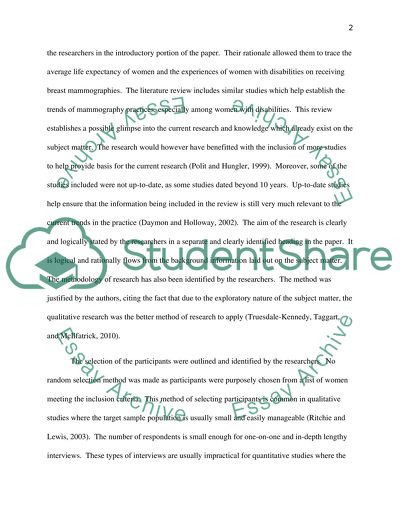Cite this document
(“Article Critique (Diagnostic Radiography) Essay”, n.d.)
Article Critique (Diagnostic Radiography) Essay. Retrieved from https://studentshare.org/health-sciences-medicine/1440700-article-critique-diagnostic-radiography
Article Critique (Diagnostic Radiography) Essay. Retrieved from https://studentshare.org/health-sciences-medicine/1440700-article-critique-diagnostic-radiography
(Article Critique (Diagnostic Radiography) Essay)
Article Critique (Diagnostic Radiography) Essay. https://studentshare.org/health-sciences-medicine/1440700-article-critique-diagnostic-radiography.
Article Critique (Diagnostic Radiography) Essay. https://studentshare.org/health-sciences-medicine/1440700-article-critique-diagnostic-radiography.
“Article Critique (Diagnostic Radiography) Essay”, n.d. https://studentshare.org/health-sciences-medicine/1440700-article-critique-diagnostic-radiography.


